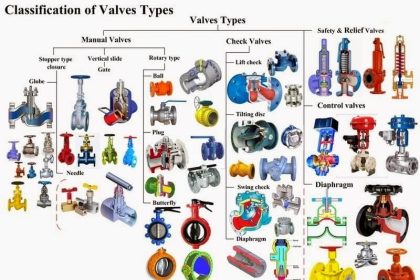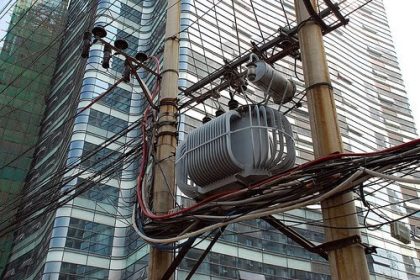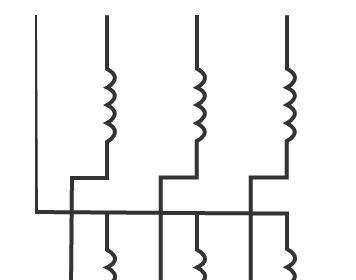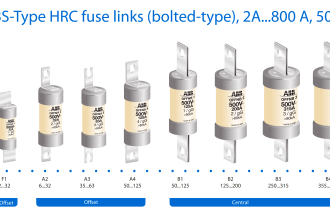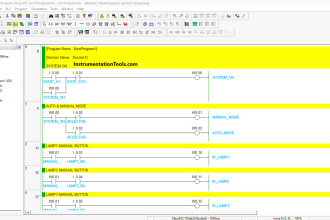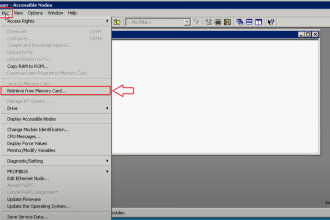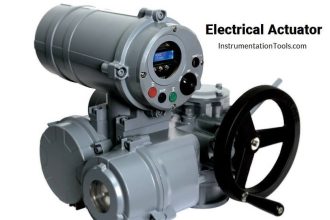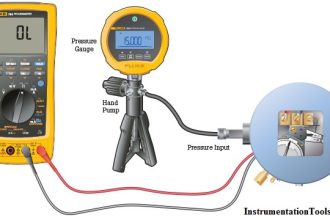HV 6.6kV Induction motor Protection
For HV motors rated 6.6kV and above motor over current, stalled rotor, and short circuit protections shall be provided by three 3-element relays mounted on the medium voltage switchgear
Over-current protection:
The inverse time over-current element shall be set to operate at 110 to 115% of the rated full load current, to initiate a common motor overload alarm and individual display light in the control system
Stalled rotor protection:
The low set instantaneous over-current element shall be set to trip the motor at 170 to 180% of the full load current and is wired in series with a contact on the inverse time element. The time setting of the inverse time over-current element shall be below the safe operating time at rated locked rotor current for a particular motor, but shall allow a minimum two-second margin over calculated starting time under minimum voltage condition
Short Circuit Protection:
The high set instantaneous element shall be set up to trip motor at slightly above the asymmetrical value of the motor inrush current. This can be usually be achieved by setting of 160% to 175% of the locked rotor current
Ground fault protection:
Automatic tripping on detection of ground fault current shall be provided by a sensitive instantaneous over-current relay.
Differential protection:
Motors rated 2500hp and above sensitive protection against internal phase and ground faults shall be provided by three phase, self balancing differential relay. This relay shall be mounted on the switchgear and connected to three CT’s mounted in the motor terminal box
Bearing protection:
HV motors shall be provided with dual element, standard accuracy bearing thermocouples, continuously monitored to alert the operators of high bearing temperature
